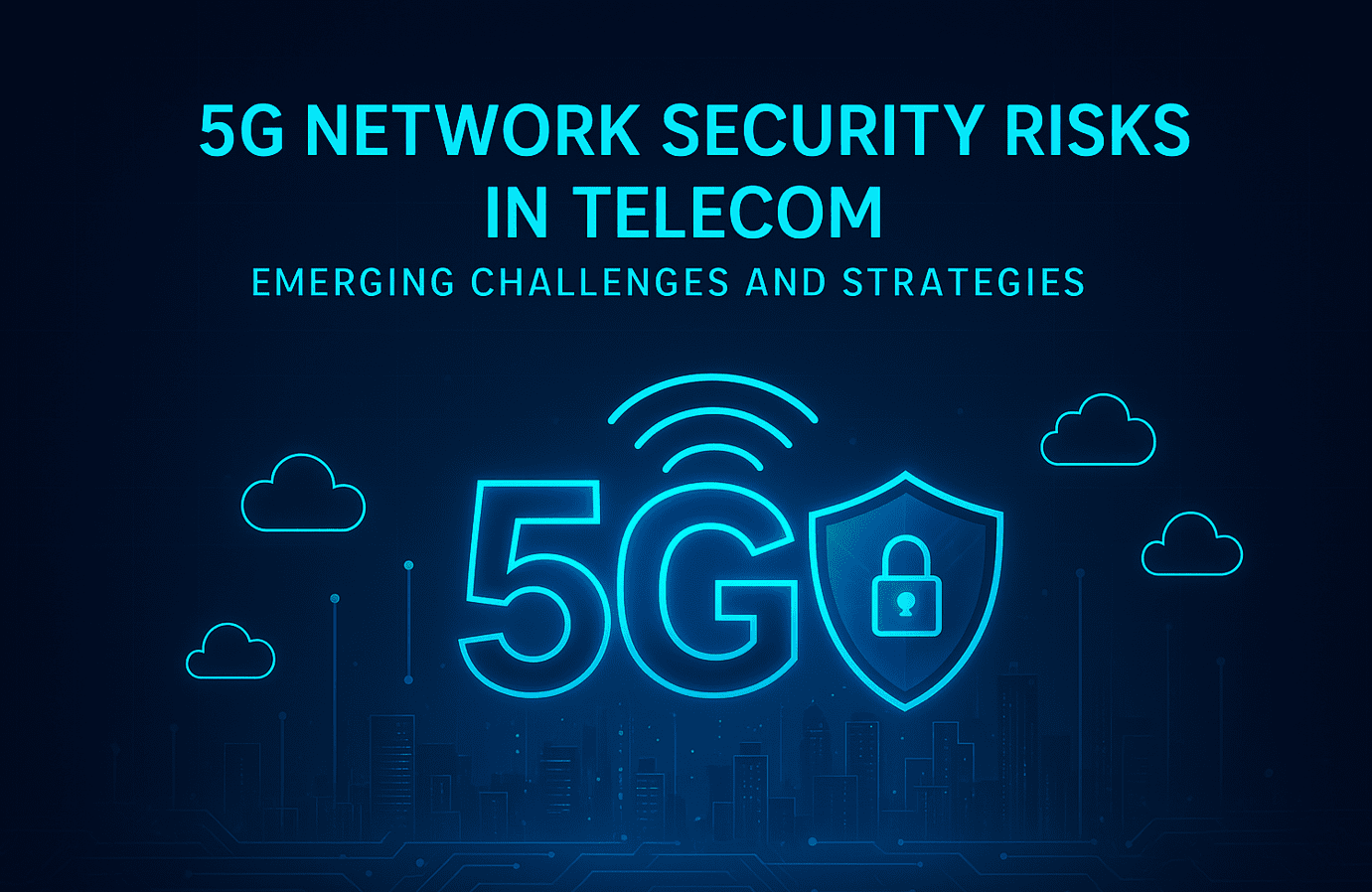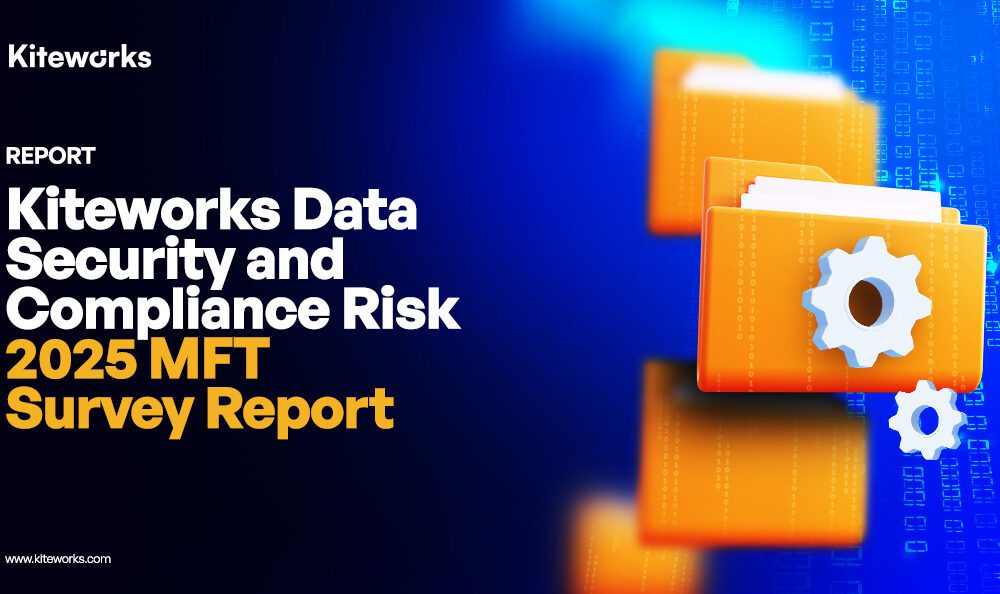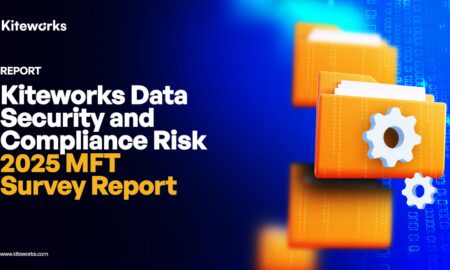The rollout of 5G networks represents a paradigm shift in telecommunications, enabling ultra-fast connectivity, low latency, and the capacity to connect billions of devices. While these capabilities fuel innovation across industries, they also expand the cybersecurity threat landscape.
Introduction
Fifth-generation (5G) networks are expected to transform industries through applications such as autonomous vehicles, smart grids, telemedicine, and industrial automation. Unlike earlier mobile generations, 5G is cloud-native, decentralized, and software-driven, relying on virtualization, distributed edge computing, and programmable interfaces. These innovations bring unprecedented flexibility but also introduce new vectors of vulnerability.
1. Expanded Attack Surface
5G replaces much of the dedicated hardware of earlier networks with software-defined networking (SDN) and network function virtualization (NFV). While efficient, this architecture increases the attack surface.

2. Supply Chain Vulnerabilities
Telecom operators rely on a globally distributed supply chain for equipment and software. This dependence introduces risks of counterfeit components, insecure firmware, or backdoors inserted during manufacturing and distribution.

3. IoT Proliferation Risks
One of the transformative aspects of 5G is its ability to connect billions of IoT devices simultaneously. From smart homes and connected cars to industrial robotics, this proliferation magnifies the risk profile.

4. Network Slicing Vulnerabilities
Network slicing is one of 5G’s most innovative features, enabling operators to create virtual networks tailored to specific use cases. However, weak slice isolation and shared infrastructure create risks of cross-slice attacks.
5. DDoS and Botnet Amplification
The sheer scale of device connectivity under 5G increases the potential for Distributed Denial of Service (DDoS) attacks. Attackers can exploit millions of poorly secured IoT devices to create botnets capable of overwhelming networks.
6. Cloud Provider Reference Architectures for 5G Security
While frameworks like TM Forum provide governance models, cloud providers like AWS, Microsoft Azure, and Google Cloud deliver practical blueprints for securing telecom workloads.
Amazon Web Services (AWS)
AWS offers the Well-Architected Framework – Security Pillar, focusing on least privilege, encryption, and incident response. Tools like AWS Shield, GuardDuty, and Nitro Enclaves provide defense against DDoS, advanced threats, and data breaches. AT&T has worked closely with AWS to virtualize and secure key network components, especially for cloud networking, IoT, and enterprise services, while the full 5G core virtualization effort is currently led by a partnership with Microsoft Azure.
Microsoft Azure
Azure’s Security Benchmark establishes practices for identity, network segmentation, and monitoring. Azure for Operators supports private 5G deployments and multi-access edge computing (MEC). Microsoft Sentinel and Defender for Cloud enable proactive monitoring and automated remediation. Telefonica has leveraged Azure for secure edge deployments.
Google Cloud Platform (GCP)
Google Cloud’s Security Foundations Blueprint provides best practices for IAM, networking, and project organization. Anthos for Telecom supports hybrid/multi-cloud 5G deployments with built-in IAM, encryption, and service controls. Vodafone uses Google Cloud for secure analytics and automation in telecom operations.
7. Mitigation Strategies
Securing 5G requires a multi-layered strategy that addresses risks at every level of the network. This includes adopting Zero Trust Architectures, leveraging AI and machine learning for anomaly detection, implementing stronger encryption, continuous monitoring, vendor vetting, and global collaboration.
Future Outlook: The Next Wave of 5G Security Challenges
While current risks revolve around APIs, IoT proliferation, and network slicing, the future brings even more complex challenges for telecom security.
Artificial Intelligence in Security: 5G will rely heavily on AI-driven orchestration and automation. While this enhances detection and response, adversaries are also expected to weaponize AI to probe, adapt, and launch stealthier attacks.
Quantum Computing and Post-Quantum Security: Quantum computing poses a looming threat to today’s encryption standards. Public-key algorithms such as RSA and ECC could be broken by sufficiently powerful quantum machines, exposing sensitive data. The transition to post-quantum cryptography (PQC) is already underway, with telecoms expected to integrate PQC into future systems.
Regulatory and Policy Frameworks: Governments worldwide are moving to tighten telecom cybersecurity regulations. The European Union’s 5G Security Toolbox and the United States’ FCC initiatives are examples of increased oversight.
Toward 6G: The move toward 6G, expected in the 2030s, emphasizes integrating ‘security by design’ into the foundational architecture. Features such as native zero trust models, quantum-resistant encryption, and AI-native defense systems will be embedded from the start.
Conclusion
5G offers transformative potential but also exposes telecom networks to unprecedented risks. From expanded attack surfaces to IoT-driven vulnerabilities and cloud integration challenges, the stakes are high. The path forward requires a hybrid approach: aligning industry frameworks with cloud-native security architectures from AWS, Azure, and GCP. Telecom providers that embrace this dual strategy will safeguard infrastructure and build the trust needed to fully realize the promise of 5G.
References
Aiello, S. (2022). 5G cloud-native network functions security risks in public clouds. SSRN. https://doi.org/10.2139/ssrn.4182073
Amdocs. (2022, February 7). How 5G is driving telcos to the cloud. https://www.amdocs.com/insights/blog/how-5g-driving-telcos-cloud
Ericsson. (2023). IoT and 5G security insights. Ericsson Technology Review.
GSMA. (2022). Network equipment security assurance scheme (NESAS). GSMA. https://www.gsma.com
Ramezanpour, K., & Jagannath, J. (2021). Intelligent zero trust architecture for 5G/6G networks: Principles, challenges, and the role of machine learning. arXiv preprint arXiv:2105.01478. https://arxiv.org/abs/2105.01478
Ting, T.-H., Lin, T.-N., Shen, S.-H., & Chang, Y.-W. (2019). Guidelines for 5G end-to-end architecture and security issues. arXiv preprint arXiv:1912.10318. https://arxiv.org/abs/1912.10318



































